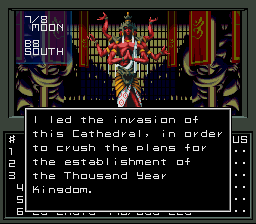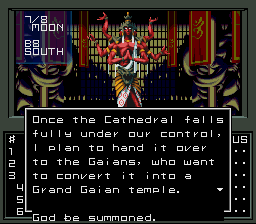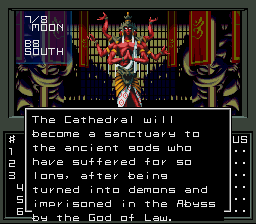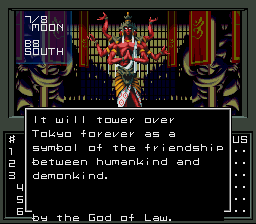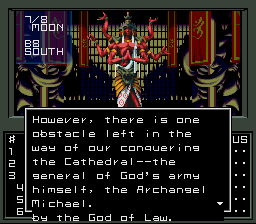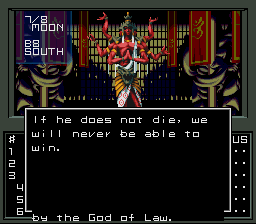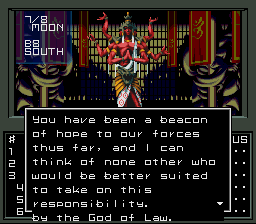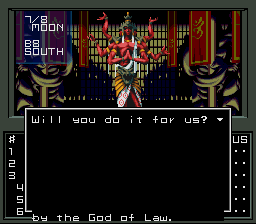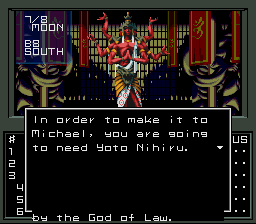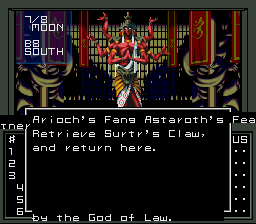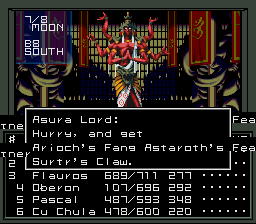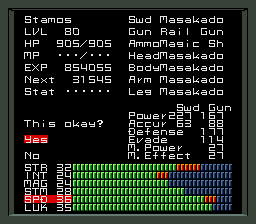

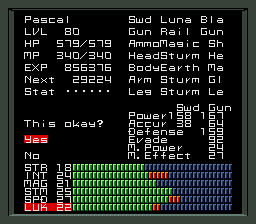
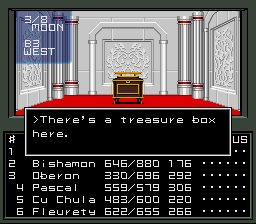
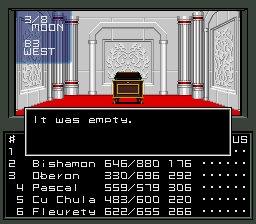


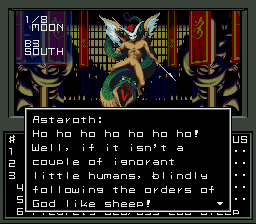
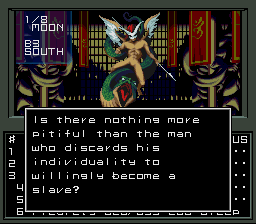
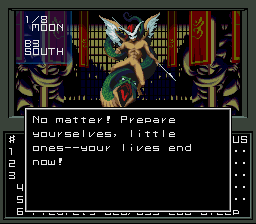
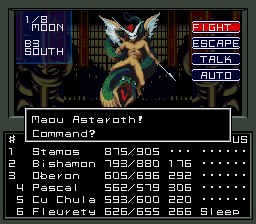
After an easy fight, Astaroth says this:Wikipedia posted:
In demonology Astaroth (also Ashtaroth, Astarot, and Asteroth) is a Prince of Hell, referred to in The Lesser Key of Solomon as a more powerful deity; his main assistants are four demons called Aamon, Pruslas, Barbatos and Rashaverak. In art, in the Dictionnaire Infernal, Astaroth is depicted as a nude man with dragon-like wings, hands and feet, a second pair of feathered wings after the main, wearing a crown, holding a serpent in one hand, and riding a wolf or dog. According to Sebastian Michaelis he is a demon of the First Hierarchy, who seduces by means of laziness and vanity, and his adversary is St. Bartholomew, who can protect against him for he has resisted Astaroth's temptations. To others, he teaches mathematical sciences and handicrafts, can make men invisible and lead them to hidden treasures, and answers every question formulated to him. He was also said to give to mortal beings the power over serpents.
According to S.Francis Barrett, Astaroth is the prince of accusers and inquisitors. According to some demonologists of the 16th century, August is the month during which this demon's attacks against humans are stronger. He also goes by the name ‘Ashtart/Astarte which was rendered in the Latin Vulgate translation of the Bible as Astharthe (singular) and Astharoth (plural), that last form rendered in the King James Version of the Bible as Ashtaroth. It seems this plural form was taken either from the Latin or from some translation or other by those who did not know it was a plural form nor knew that it referred to a god, seeing it only as a name applied to some god other than God and therefore the name of a devil.
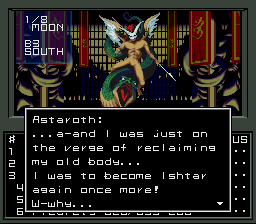

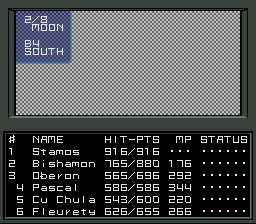
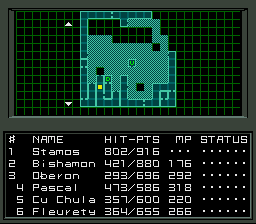

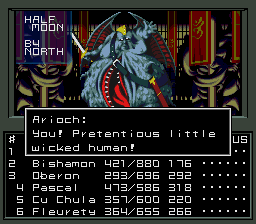

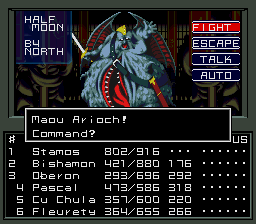
Wikipedia posted:
Arioch is a Hebrew name that means "fierce lion". It originally appears in the Book of Genesis chap. 14 as the name of the "King of Ellasar", part of the confederation of kings who did battle with the kings of Sodom and Gomorrah and with Abraham in the vale of Siddim. Earlier in the 20th century, it was common to identify him with "Eriaku" - an alternative reading of either Rim-Sin or his brother Warad-Sin, who were Elamite rulers over Larsa contemporary with Hammurabi, although this identification has come under attack from scholars in more recent years, and is now largely abandoned, in part due to Nuzu inscriptions referring to a Hurrian king named Ariukki.
The same name later appears in the Book of Daniel as the person appointed by King Nebuchadnezzar to put all the wise men of Babylon to death.
Arioch (Arius) was also a grandson of Semiramis in the classical Ninus legend.
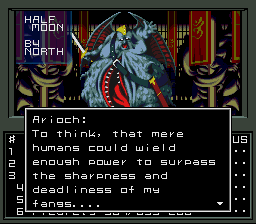


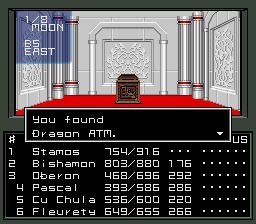

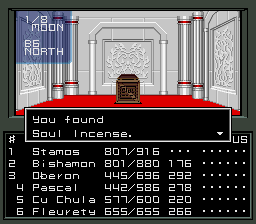
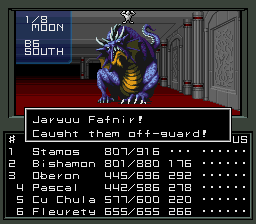
Wikipedia posted:
In Norse mythology, Fáfnir (Old Norse) or Frænir (Faroese) was a son of the dwarf king Hreidmar and brother of Regin and Ótr. In the Volsunga saga, Fáfnir was a dwarf gifted with a powerful arm and fearless soul. He wore the Aegis helmet and guarded his father's house of glittering gold and flashing gems. He was the strongest and most aggressive of the three brothers.
After Ótr was killed by Loki, Hreidmar received the cursed gold of Andvari's as repayment for the loss of his son. Fáfnir and Regin then killed their father to get the gold, but Fáfnir decided he wanted it all, turning into a dragon (symbol of greed). Regin then sent his foster-son, Sigurd, to kill the dragon. Sigurd succeeded by digging a pit under the trail Fáfnir used to walk to a stream and plunging his sword Gram into his heart as he walked past. Regin, however, corrupted by the curse on Andvari's gold, planned to kill Sigurd to take the treasure for himself, but Sigurd, having eaten part of Fáfnir's cooked heart, was warned by birds of Regin's attack and ended up killing him.
As Fafner, he is featured in Richard Wagner's Der Ring des Nibelungen, although he began life as a giant rather than a dwarf, before once again turning into a dragon to better guard the gold.
Some versions of the myth are more specific about Fafnir's treasure hoard, mentioning the swords Ridill and Hrotti as part of it.
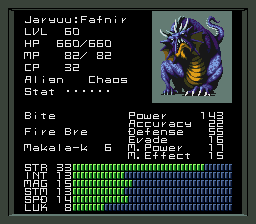

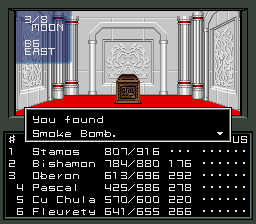






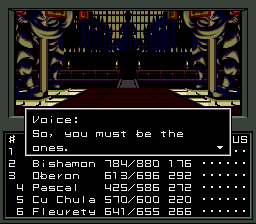
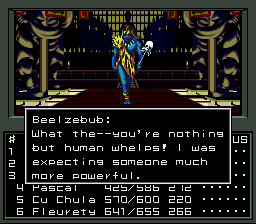
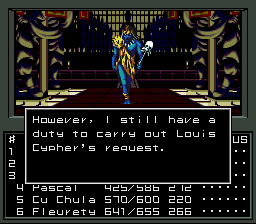
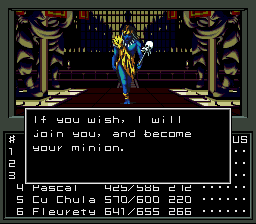
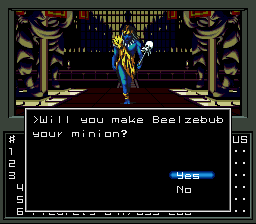
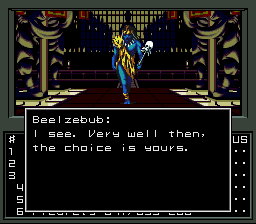


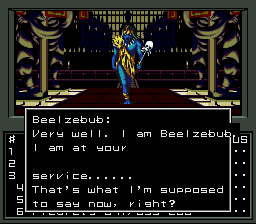

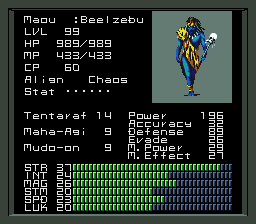
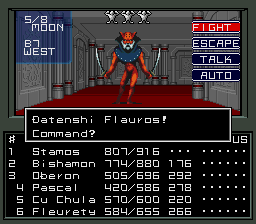
In SMT1, he is a red furry. In SMT3 he is a creepy, headless, red furry. With a sword instead of head. It isWikipedia posted:
In demonology, Flauros is a strong Great Duke of Hell, having thirty-six (twenty according to Pseudomonarchia Daemonum) legions of demons under his rule.
He gives true answers of all things past, present and future, but he must be first commanded to enter a magic triangle for if not he will lie, deceive the conjurer, and beguile him in other business. But if he enters the triangle he will answer truly, and gladly speak about divinity, the creation of the world, himself, and other fallen angels. He can also destroy all the conjurer's enemies by burning them up. If the magician requests it, he will not suffer temptations from any spirit or in any form. Commonly people represent him as a humanoid Leopard with big claws. Flauros is depicted as a terrible and strong leopard that under request of the conjurer changes into a man with fiery eyes and an awful expression.
Other spellings: Flavros, Hauras, Haures, Havres. The last three spellings probably came from copyists mistaking the first two letters of "Flauros", when written too closely together, for an "H".
 and creepy.
and creepy.
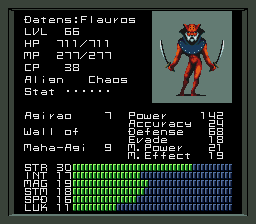

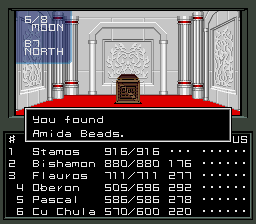
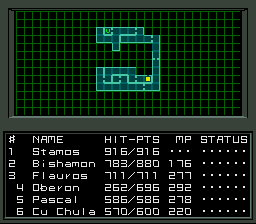


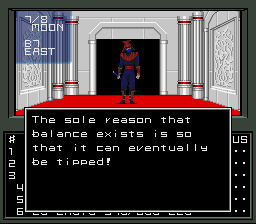



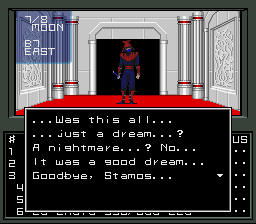


Much, much more in the Wiki entry (quite interesting, too, and somewhat related to her next lines)Wikipedia posted:
Lilith (Hebrew לילית) is a mythological female Mesopotamian storm demon associated with wind and was thought to be a bearer of disease, illness, and death. The figure of Lilith first appeared in a class of wind and storm demons or spirits as Lilitu, in Sumer, circa 3000 BC. Many scholars place the origin of the phonetic name "Lilith" at somewhere around 700 BC.[1] Lilith appears as a night demon in Jewish lore and as a screech owl in the King James version of the Bible.




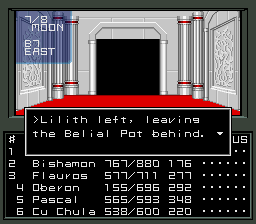
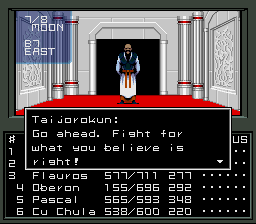




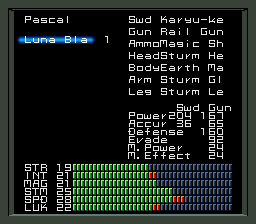
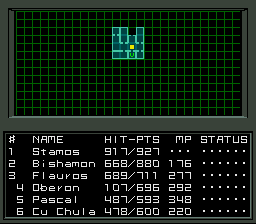

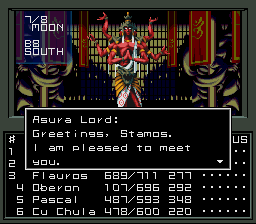
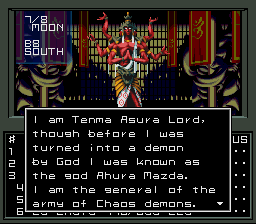
Wikipedia posted:
Ahura Mazda is the Avestan language name for an exalted divinity of ancient proto-Indo-Iranian religion that was subsequently declared by Zarathustra (Zoroaster) to be the one uncreated creator of all (God).
Ahura Mazda is Auramazdā[1] (𐎠𐎢𐎼𐎶𐏀𐎭𐎠[2]) in Old Persian, 'Aramazd' in Parthian and Armenian (see also Armenian Aramazd). Middle- and New Persian language usage varies, but 'Hormizd', 'Hormuzd', 'Ohrmazd' and 'Ormazd' are common transliterations.
The Zoroastrian faith is described by its adherents as Mazdayasna, the worship of Mazda. In the Avesta, "Ahura Mazda is the highest object of worship" (Dhalla, 1938:154), the first and most frequently invoked divinity in the Yasna liturgy. In Zoroastrian cosmogony and tradition, all the lesser divinities are also creations of Mazda. (eg Bundahishn III)
